This month’s Decoded question is related to a clarification made in the 2024 IBC, which applies to the requirements for automatic operators on accessible public entrances. If you have a code question you’d like to see answered in my column, you can submit it by visiting iDigHardware.com/decoded-qa.
This post will be published in Doors & Hardware

Prior to the 2021 edition of the International Building Code (IBC), the model codes did not mandate the use of automatic doors in specific locations. If a door was able to meet the accessibility requirements that applied to manually operated doors, it was considered compliant. For doors that did not comply with the manual door requirements, automatic operators could sometimes bring the openings into compliance, but power-operated doors were not mandatory.
The 2021 IBC included new requirements for power-operated doors serving accessible public entrances. The requirement applies to assembly occupancies where the calculated occupant load is 300 people or more, with the exception of Group A-5 facilities, which are used for outdoor activities. The requirement also applies to business, mercantile, and Group R-1 residential occupancies (including hotels) with an occupant load of 500 people or more.
For these buildings, each accessible public entrance must have at least one automatic door. If the entrance includes doors in a series, for example, a vestibule, at least one set of two doors in a series must have automatic operators. These doors may be power-operated doors or low-energy power-operated doors.
A change was made to the 2024 edition of the IBC, which helps to answer this question:
In a mixed-use facility with more than one occupancy classification, how is the building evaluated to determine whether the accessible public entrances must have automatic doors?
The following paragraph was added to the section on power-operated doors at public entrances in the 2024 IBC to address buildings with more than one occupancy type:
The requirements of this section are not applicable to mixed-use facilities where the total building occupant load for the occupancies listed in Table 1105.1.1 is calculated as the sum of the ratios of the actual occupant load of each occupancy divided by the building occupant load threshold of each occupancy and the sum of the ratios is less than 1.
Here are a couple of examples to demonstrate this calculation. Note that the factors of 300 occupants for assembly occupancies and 500 occupants for business, mercantile, and R-1 residential occupancies were used.
Example A: A theater (assembly) has an occupant load of 260 people, and the building also contains a gift shop (mercantile) with an occupant load of 40 people. The sum of the ratios would be (260/300) + (40/500) = 0.95. The sum of the ratios is less than 1, so the requirements for power-operated doors at the accessible public entrances would not apply.
Example B: A conference center (assembly) has an occupant load of 280 people, and the adjacent office space (business) has an occupant load of 70 people. The sum of the ratios would be (280/300) + (70/500) = 1.07. The sum of the ratios is greater than 1, so the requirements for power-operated doors at the accessible public entrances would apply.
In buildings of the occupancy types and occupant loads stated in the code, the requirements for automatic doors serving accessible public entrances will typically become enforceable when a jurisdiction adopts the 2021 edition of the IBC. In some states, these requirements have been incorporated into the adopted code even prior to to the adoption of the 2021 IBC. States could also modify or delete the requirements, so it’s important to check the adopted codes for specifics that apply in a project’s jurisdiction.
You need to login or register to bookmark/favorite this content.

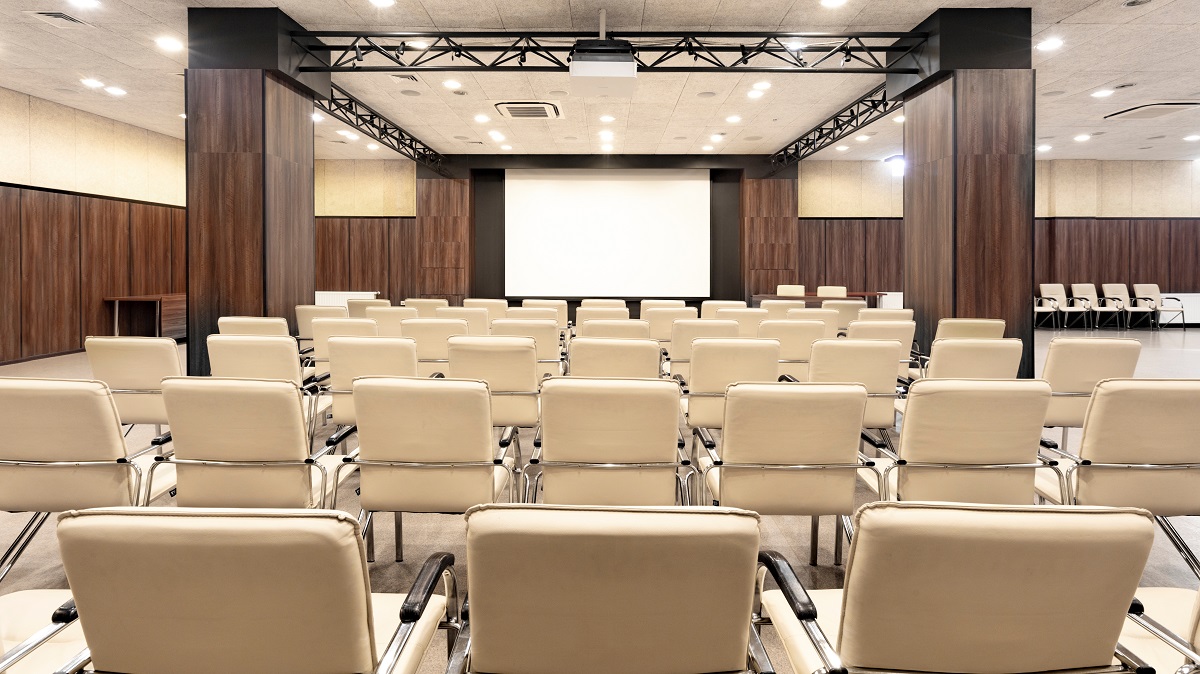
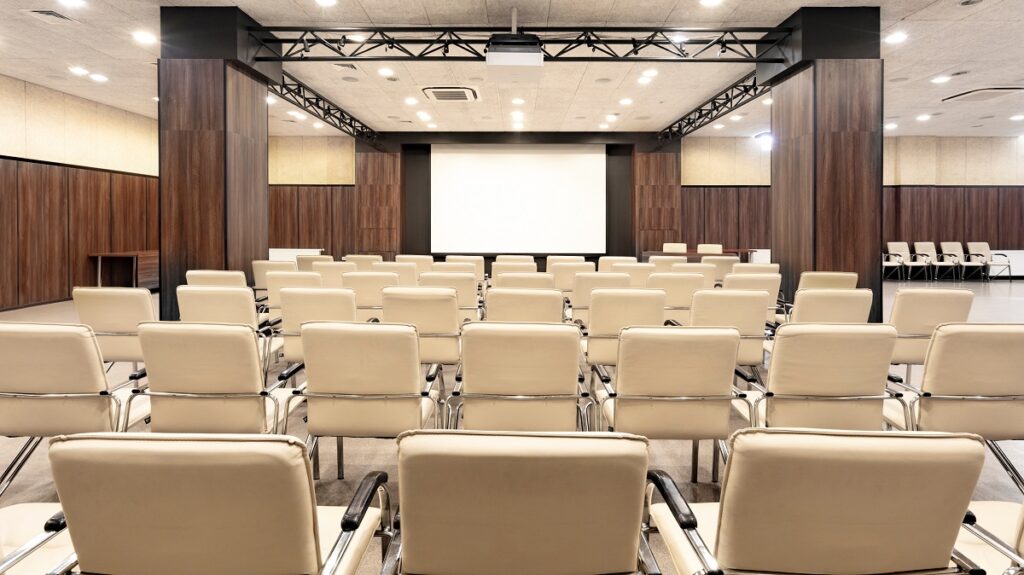

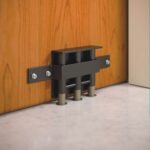



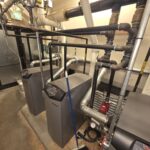

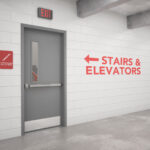
Leave A Comment